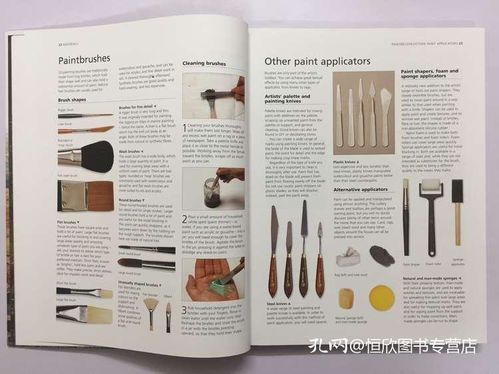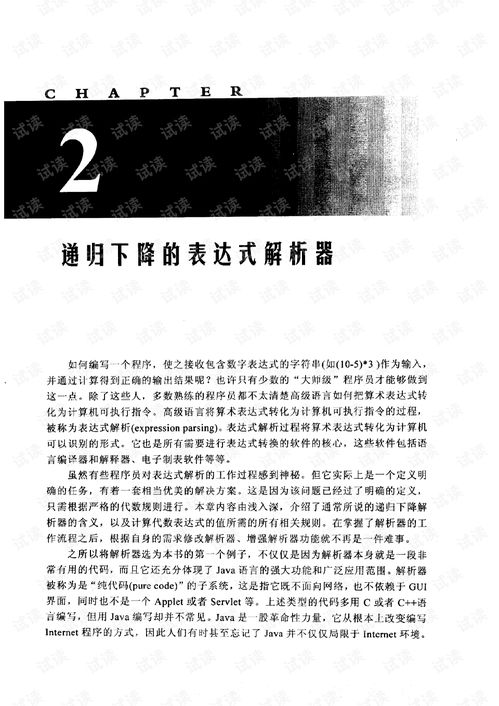Introduction: Winter fishing for carp can be a challenging yet rewarding experience. As the temperatures drop, many anglers believe that fishing becomes less productive. However, with the right techniques and mindset, you can still catch some impressive catches of carp during the colder months. In this article, we will delve into the art of winter carp fishing, focusing on essential tips to help you land those sought-after鲫鱼 in the chilly winter months.
Choose the Right Location: Finding the perfect spot is crucial for winter carp fishing. Look for areas where carp are known to congregate during the colder months. This may include shallow bays, weed beds, or areas with structure such as logs or fallen trees. Keep in mind that carp tend to move to deeper water during the winter, so it's essential to locate these deeper areas within your chosen location.
Adjust Your Tackle: During the winter, carp become less active, and their feeding habits change. It's essential to use lighter tackle to mimic the natural movement of insects and small organisms that carp feed on. Opt for a sensitive rod with a slow action, as it will help you detect even the slightest bites. Use a lighter line, such as 4-6lb monofilament or fluorocarbon, to reduce visibility in the water.
Presenting Your Bait: Winter carp are less likely to chase after bait, so it's crucial to present your offering in a way that triggers their natural feeding instincts. Here are a few techniques to consider:
a. Deadbaiting: Using a dead bait such as a worm, maggot, or piece of luncheon meat can be highly effective during the winter. Ensure the bait is presented in a natural, life-like manner, as carp are less likely to take an aggressive approach to feeding.
b. Still Fishing: In the colder months, carp are less likely to move around actively. Therefore, it's important to keep your bait still. Avoid twitching or retrieving your lure; instead, allow it to settle on the bottom or gently twitch it in place to mimic natural movements.
c. The 'Hang-Up' Technique: This technique involves anchoring your bait at the desired depth using a simple rig. Attach a lead weight to your line, then tie a swivel or clip to the other end. Attach your bait to the swivel or clip, ensuring it hangs in the water column where carp are likely to be. This technique can be particularly effective in colder waters where carp are less likely to move around.

Timing and Weather Conditions: Winter carp fishing is highly dependent on weather conditions. Try to fish during periods of stable weather with mild temperatures. Avoid extreme cold spells or heavy rain, as these conditions can stress the fish and make them less likely to feed. Additionally, consider the time of day. Carp are often more active during the early morning or late evening when the water temperatures are warmer.
Patience and Persistence: Winter carp fishing requires patience and persistence. Carp can be slow to respond, and it may take some time to get a bite. Be prepared to sit for extended periods, as the fish may not be as active as they are during the warmer months. Stay focused and stay positive, as a successful winter carp fishing trip can be well worth the wait.
Conclusion: Winter carp fishing can be a challenging endeavor, but with the right techniques and mindset, you can still enjoy some thrilling catches. By choosing the right location, adjusting your tackle, presenting your bait effectively, and being patient, you'll increase your chances of landing those sought-after鲫鱼 during the chilly winter months. So, bundle up, head to the water, and put these tips into practice to become a master of winter carp fishing.












